If there’s one industry today that deeply affects your personal choices, it’s Fashion. It is omnipresent and is vast as an industry. The global fashion industry is billed to become a $3 Trillion industry by the turn of this decade.
The fact that the industry engages with customers at such a personal level is perhaps one of the major reasons why experiential tech innovations like Augmented and Virtual Realities backed by Artificial Intelligence and Machine learning algorithms are increasingly finding use-cases today.
This is not to say that the role of tech innovation is limited to creating immersive buying experiences. The entire supply chain of a fashion retail brand is being shaken up today to the effect that brands can no longer ignore the value that tech can bring to the table.
Intelligent product design
Machine learning algorithms can be built to foresee what products different target audiences want and will want in their wardrobes. In fact, Zalando, a German retailer, is doing just that by tying up with who else but Google. Together, they develop a network that learns users’ tastes in fabrics, colours, hues, etc., to help product teams develop designs specifically for a target audience.
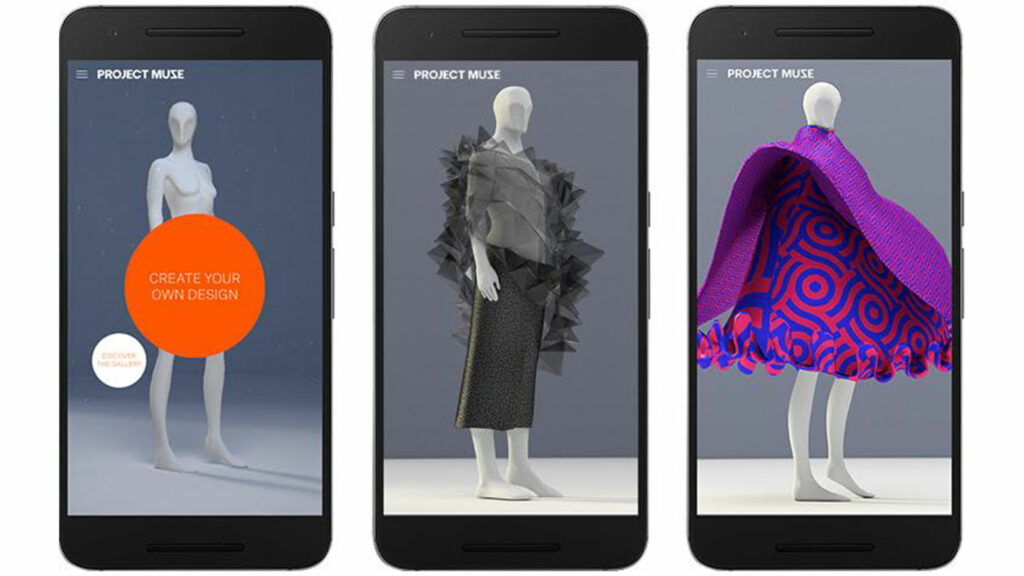
Source: Thinkwithgoogle
Google is also working on a colour changing fabric system under “Project Jacquard“. In this ultra-ambitious project launched in 2015, Google wants to build conductive threads that effectively turn fabrics into touch screens. In Oct 2020, they announced a partnership with Samsonite to launch a Jacquard smart fabric enabled backpack.
Quite remarkable, right! Google is not alone though, tech behemoths like Amazon and Adobe are also working on empowering brands to design clothes for people based on their digital activity.
Furthermore, the role of innovations like 3D rendering and printing, AR-VR in optimizing your product design process is something you cannot overlook if you’re a fashion brand in 2021.
From designing to manufacturingÂ
With the rise of technology, the manufacturing process is transforming while simultaneously saving time, cost and extra-human efforts. A significant example is Nike’s Grabit Robots, which manufacture shoes 20 times faster than humans through machine learning and electroadhesion – the similar static adhesion that attaches a balloon to hair is automatically used to handle any virtual object.
Sustainable innovations are getting their hang on manufacturing while constantly streaming products. Take the case of Nike Flyknit technology, a game-changing process that allows designers to micro-engineer every stitch to create an ultralight, close-fitting and nearly seamless upper while reducing production waste and almost all materials needed. To establish the exact position of comfort, flexibility, and ventilation, Nike relies on 40 years of data-based learning from sports and athletes.
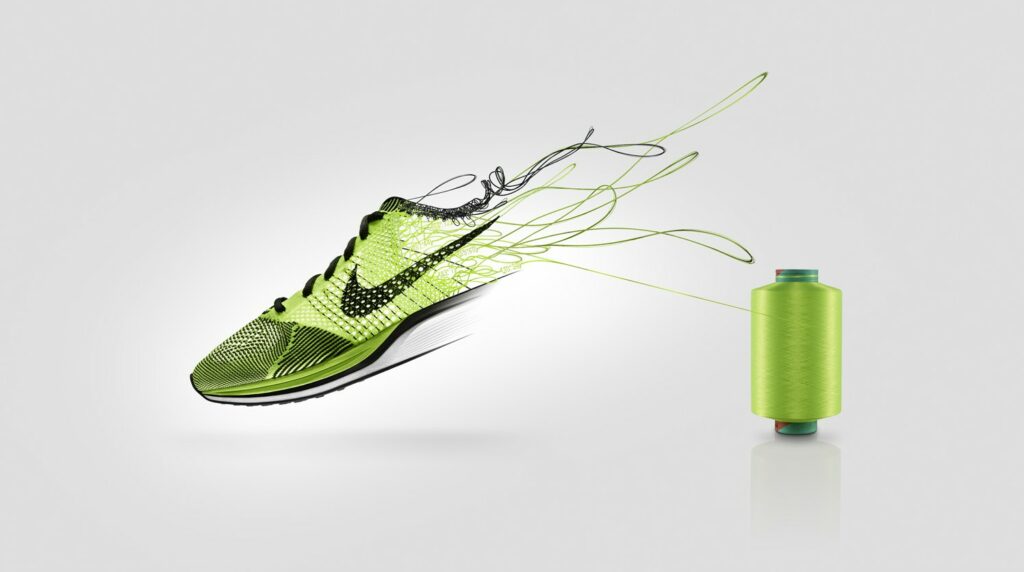
Source: Nike
Another ground-breaking innovation, 3D printing, has set foot in the fashion universe. Adidas’s Futurecraft strung is the first athletic shoe to be totally 3-D printed (no traditional physical model) and data-coded. Ministry of Supply, a high-fashion brand that uses NASA’s astronaut temperature to create clothes, recently launched an in-store 3D printer for customized knitwear.
These automated hyper-rapid manufacturing technologies differentiate savvy designers from old-school designers while still attracting Millennials and Gen Z.

Source: Unsplash
Optimising inventory & distribution
When Peter Parker said, “With great power comes great responsibility”, everybody felt that. After manufacturing comes inventory management & warehousing, which is undoubtedly a complex process for companies as it requires a great deal of monitoring and maintenance. This is where sensors, scanners, and cloud-based software come into the picture!
Radiofrequency identification technology is anticipated to be widely adopted. RFID tags, unlike standard barcodes, are inexpensive smart stickers that can scan log items from a distance. Major retailer Macy’s, for example, has been using RFID tags to improve inventory tracking and prevent out-of-stock situations for nearly a decade, giving it a major competitive advantage.

Source: Macy’s
Fashion companies’ embrace of RFID is paving the way for the next big thing – Blockchain. By providing a unique digital ID to the garment production process, blockchain tracking can increase transparency whilst making it simpler to verify items. Since 2019 Nike holds the right for blockchain-based footwear ‘CryptoKicks‘ provided with an NFT for easy traceability and verification in the blockchain system. Besides big companies, many startups are also piloting with blockchain initiatives. In 2020, blockchain startup VeChain and H&M’s Cos teamed up to trace the early stages of the retailer’s apparel.

Source: Unsplash
During the pandemic, retailers and logistics organizations are turning to robotics to help human workers move goods to fulfil more client orders, reduce human labour, and avoid delays. Decathlon and DHL Supply Chain have partnered to implement a similar concept in DHL’s Sydney warehouse.
Immersive buying experiences
Physical retail is not fading, it is just embracing a gleaming innovation of immersive buying. AR and VR technologies are helping brands improve conversions by displaying products in 3D context on e-commerce websites, allowing buyers to use AR in-store to inspect in-stock items, and building an interactive catalogue or a pop-up of AR/VR store.

Obsess is an Experiential E-commerce platform that supports e-commerce brands to employ AR or VR technologies to offer online buyers with 3D context for products. In 2019, it teamed up with Tommy Hilfiger on a virtual pop-up store to collaborate with singer and actress Zendaya.
As VR technology becomes more affordable and engaging, VR retailers may flourish. Home and in-store changing rooms are likewise being reinvented by 3D scanning and AR. Big labels like Gucci, Tommy Hilfiger, and Armani are streaming virtual reality fashion presentations to gauge client interest in clothes. Fast-fashion retailers such as Uniqlo and TopShop, conversely, use in-store AR mirrors to show shoppers how an outfit looks on them without having to undress. Amazon Fashion also plans to offer virtual try-on, allowing customers to try on outfits without the hassle of shipping and returns.

Source: Uniqlo
Even social media apps aren’t far behind in this race. Snapchat’s Bitmoji and Ralph Lauren collaborated on a one-of-a-kind virtual clothing collection in 2020. Snapchatters can access Ralph Lauren’s virtual clothes to style their Bitmoji – like wow!

Source: Ralph Lauren
To summarise, many people already refer to fashion and technology as a single term, and 2021 may be the year that simplifies this relationship by making technology less obvious to customers while still giving all of the benefits to the fashion world.

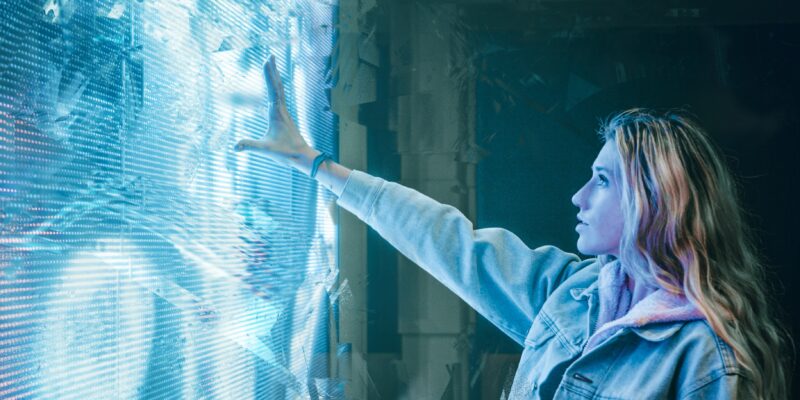

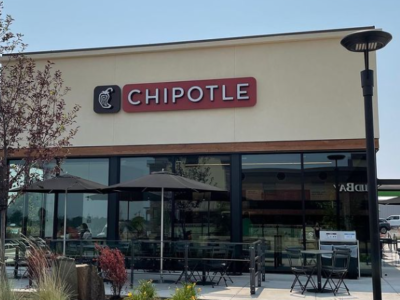
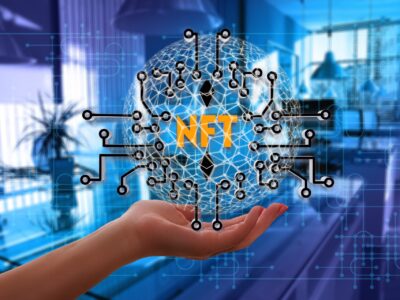
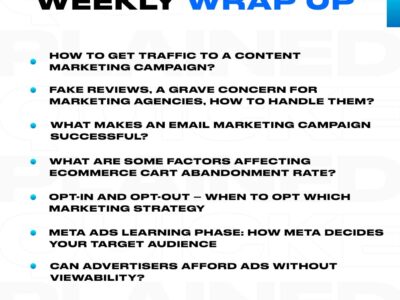

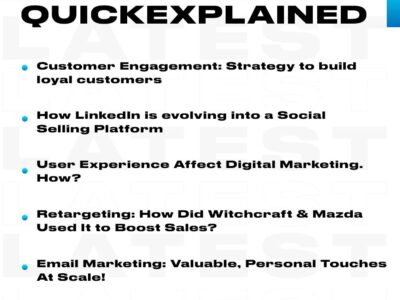
Comments